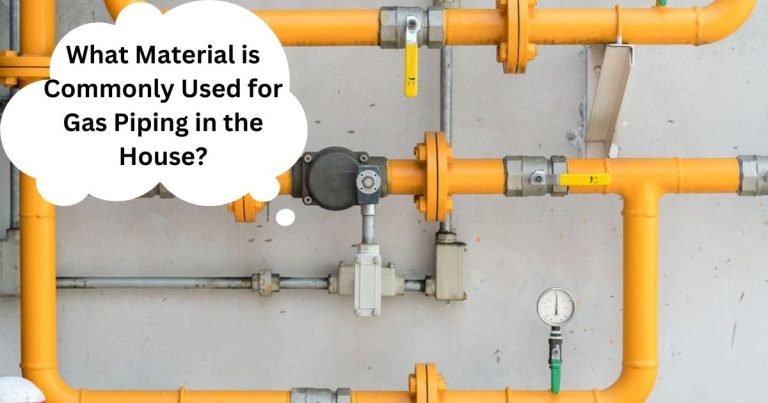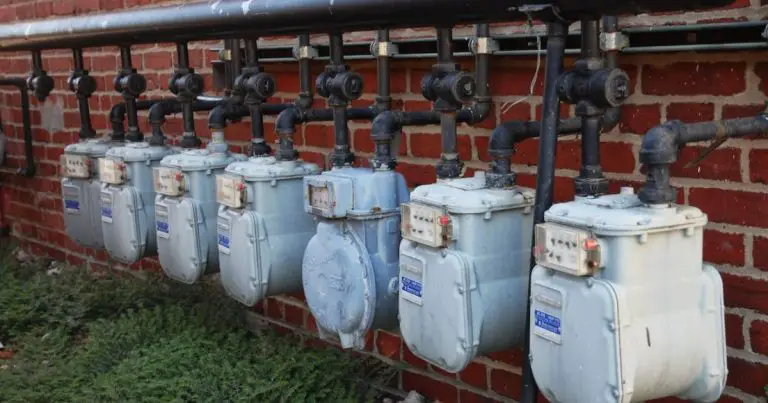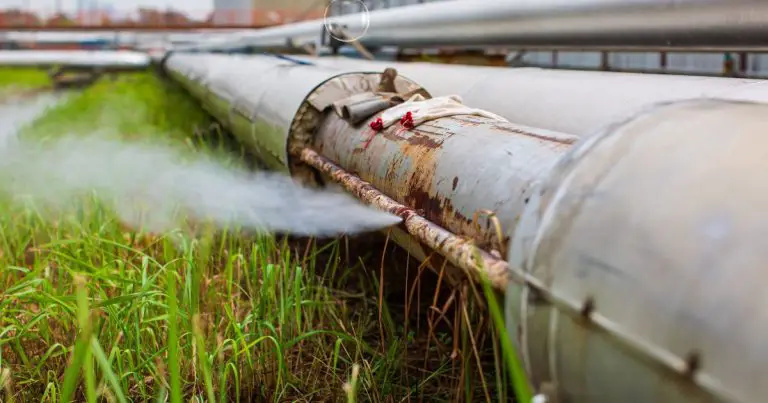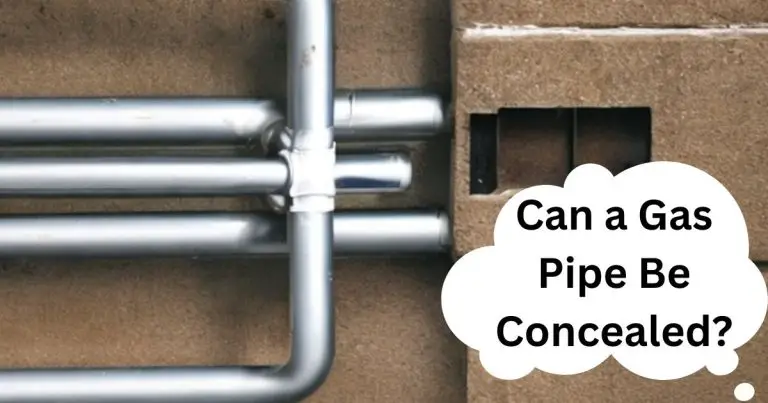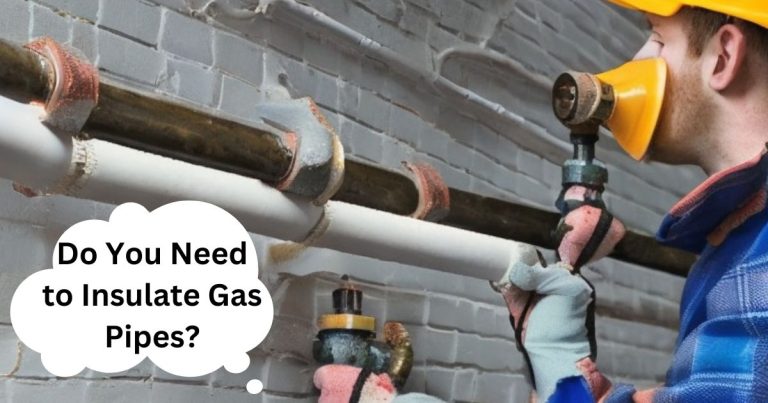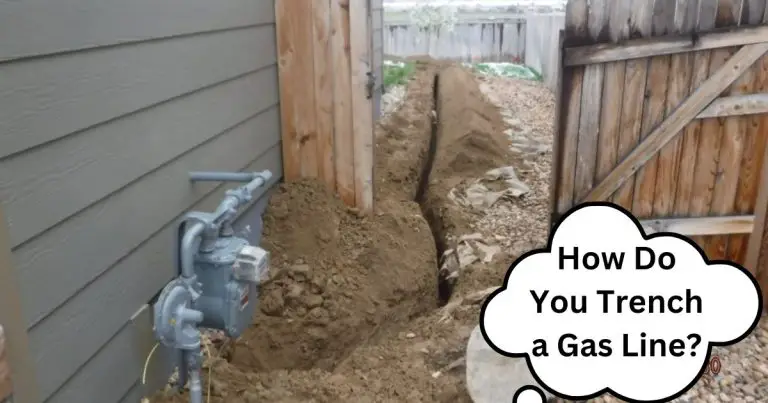Can Gas Pipe Be Cut? (Answer Might Surprise You!)
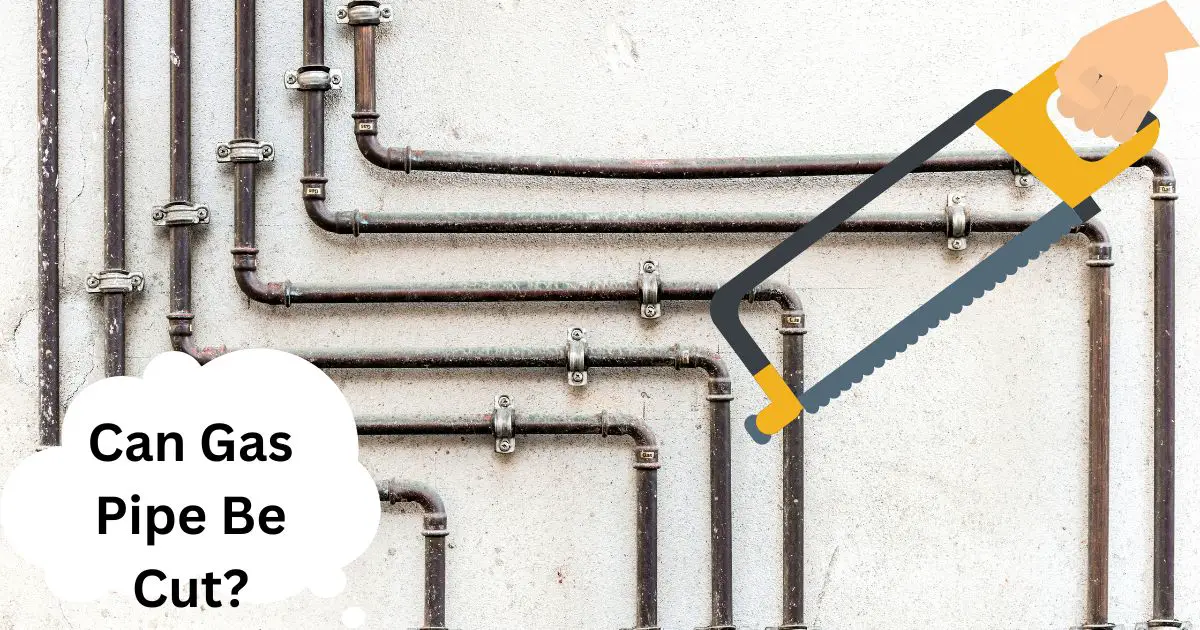
Cutting gas pipe may seem like a daunting task, but with the right tools and knowledge it can be an easy process.
From safety measures to proper techniques, learn what you need to know in order to successfully cut your own gas pipe!
Can Gas Pipe Be Cut?
Absolutely Yes, gas pipes can be cut. Gas pipes are typically made of steel, copper, or plastic, and can be cut with a variety of tools, including a hacksaw, reciprocating saw, or pipe cutter. It is important to take safety precautions when cutting gas pipes, such as wearing safety glasses and gloves, and ensuring that the area is well-ventilated. Additionally, it is important to turn off the gas supply before cutting the pipe.
How do you cut and thread a gas line?
1. Gather the necessary tools and materials, including a pipe cutter, a threading machine, a pipe reamer, a pipe threader, a pipe wrench, a pipe vise, and a pipe thread sealant.
2. Measure the length of the gas line you need to cut and thread.
3. Secure the gas line in a pipe vise.
4. Cut the gas line with a pipe cutter.
5. Ream the cut end of the gas line with a pipe reamer.
6. Place the pipe threader onto the end of the gas line.
7. Turn the handle of the pipe threader to thread the gas line.
8. Remove the pipe threader from the gas line.
9. Apply a pipe thread sealant to the threaded end of the gas line.
10. Connect the gas line to the appropriate fitting.
11. Secure the connection with a pipe wrench.
12. Test the connection for leaks.
What you need to know about cutting gas pipes?
Whether you are repairing an existing gas pipe or constructing a new one, it is imperative to adhere to certain guidelines when cutting the conduit.
Thinks to know before cutting the pipes:
Step 1: Identify the Type of Gas Pipe
Step 2: Measure and Mark the Cut Line
Step 3: Protect Yourself from Potential Hazards
Step 4: Cut the Pipe with a Hacksaw or Pipe Cutter
Step 5: Deburr the Cut Edge
Step 6: Test for Leaks
Step 7: Secure and Seal the Cut Ends of the Pipe
Step 8: Check for Signs of Burn Marks or Damaged Paint.
What happens if you cut a gas pipe?
If you cut a gas pipe, the consequences may be disastrous.
Any breach can lead to an explosion – resulting in serious injury and even death!
Unsurprisingly, leaving the rupture unrepaired can result in substantial losses.
Make sure that any work is carried out by professionals who are aware of how to secure a pipeline safely.
Use the correct tools, wear the necessary safety gear, and adhere to all safety guidelines.
Always be aware of the potential hazards when working with gas lines – and remember that if something goes wrong, don’t hesitate to contact a professional for help.
Why someone might want to cut the gas pipe?
Sometimes, homeowners may want to cut their gas pipes for various reasons.
This could be due to an upcoming remodeling project or perhaps because they want to install an accessory such as a kitchen appliance; it is entirely up to them!
Sometimes the utility company will request that a portion of their pipe be removed because there is something within it which needs attention.
For example, if there was an obstruction or leak within the system itself then removal would be necessary before any repair interventions can take place.
When is cutting a gas pipe necessary?
There are many reasons why a gas line might need to be cut.
For example, if a leak is detected, the line may need to be cut in order to reach the faulty section.
If a remodeling project requires cutting into an existing gas line, then this will also require the use of a hacksaw or tubing cutter.
It is always important to contact your utility company beforehand in order to find out their specific guidelines and regulations pertaining to gas lines.
Failure to do so could lead to serious complications and potential safety issues.
How to Cut Gas Pipe?
A Step-by-Step Guide:
1. Identify where cutting will take place. Ensure that this is an area that has been adequately prepared with a concrete base and grout in place within two hours of pouring the slab.
2. Remove any clamps from the gas pipe connection.
3. Utilize a reciprocating saw or electric saw to cut through the steel pipe, leaving about a ¼-inch rim around the cut for easy removal later on.
4. Use a hacksaw or tubing cutter to cut the pipe in half.
5. Remove the sawdust, debris and metal shards that may have been created during the cutting process.
6. Clean the area where the gas pipe was cut with a degreaser and water.
7. Apply pressure to the newly cut ends of the pipe using clamps or bricks in order to avoid leakage.
8. Wait for 24 hours for any gas to escape from the newly cut section before testing it for leaks by filling a container with water and placing it over the cut-off end of the line, waiting two minutes for any gas bubbles to escape before removing it carefully.
9. Test the line for leaks by substituting a lighter for the water container.
10. If there are any signs of gas leakage, such as water spouting from the newly cut pipe, secure and seal the cut ends of the line with a hot melt adhesive or caulking gun.
11. Check for signs of burn marks or damaged paint on the newly cut section.
The Tools You Need to Cut Gas Pipe:
If you are looking to install gas pipes in your home, it is important to have the right tools for the job.
A hacksaw is a great tool for cutting gas pipes, as it allows for precise, clean cuts.
Having a set of pipe cutters is also a must when you are dealing with gas pipes.
Pipe cutters come in different sizes, allowing you to make precise cuts without having to worry about deforming the pipe.
For more intricate cuts, a tubing cutter can be used.
Tubing cutters are designed to make precise, clean cuts in the pipes without damaging them.
When cutting gas pipes, it is important to use a pipe wrench or a specialized tool to make sure the pipe is secure while being cut.
You should also wear protective gloves when making cuts with these tools, as they can become very sharp.
Finally, you should always use a file or emery cloth to smooth out any rough edges around the cut.
Avoiding Common Mistakes when Cutting Gas Pipes:
Cutting gas pipe is a potentially dangerous task, so it’s important to make sure you do it correctly.
To avoid common mistakes when cutting gas pipes,
Here are some tips:
1. Make sure that the area where you are working is well-ventilated and free of any open flames or sparks.
2. Wear protective coverings such as goggles, gloves and a face mask while cutting the pipe.
3. Measure twice and cut once! Carefully measure the length that needs to be cut before starting any work on the pipe in order to ensure accuracy and minimize waste of materials.
4. Use only appropriate tools for your type of gas piping material, such as copper tubing which requires special copper tube cutters or PVC piping which needs pruning shears or handsaws with fine teeth for smooth cuts without splintering edges..
5. Install shutoff valves at either side of where you’re going to be making your cut so that you can completely isolate the section from other parts of your system before proceeding with any modifications.
Necessary Repairs After Cutting a Gas Pipe:
Necessary repairs after cutting a gas pipe are essential for safety and performance.
If the gas line has been cut, it is important to perform the necessary repairs as soon as possible to prevent further damage from occurring or an explosion from happening.
Depending on where the cut was made in relation to the shutoff valve, you may have to replace some part of the pipe with a new one.
If you need to make any welds, be sure that only certified welding professionals do them so that there will not be any leaks due to improper workmanship.
It is also important that all appropriate tools and equipment are used correctly when making these repairs.
This includes wearing protective gear such as goggles and gloves while working with flammable materials like natural gas or propane lines.
Always test for leaks:
Finally, after all necessary repairs have been completed, always test for leaks before turning on your appliances again in order to ensure proper functionality and safety of your system.
Properly repairing a cut gas pipe can prevent explosions or other serious injuries caused by mishandling this flammable material, so take care when performing these tasks!
Conclusion:
It’s imperative to understand that if your contractor is cutting through a gas pipe, they are doing so at their own risk.
Therefore, it is incumbent upon homeowners to ensure that they inform their plumber of any potential issues along the way!
Gas pipes can be cut into, but it is not advisable.
As a precautionary measure, have your plumber install a new gas pipe (or an adaptor for one) in its place.
If you’re uncertain about which route to take when it comes to cutting your gas pipe, contact our team for assistance.
Our professionals will assist you in finding the most efficient solution based on your circumstances.

